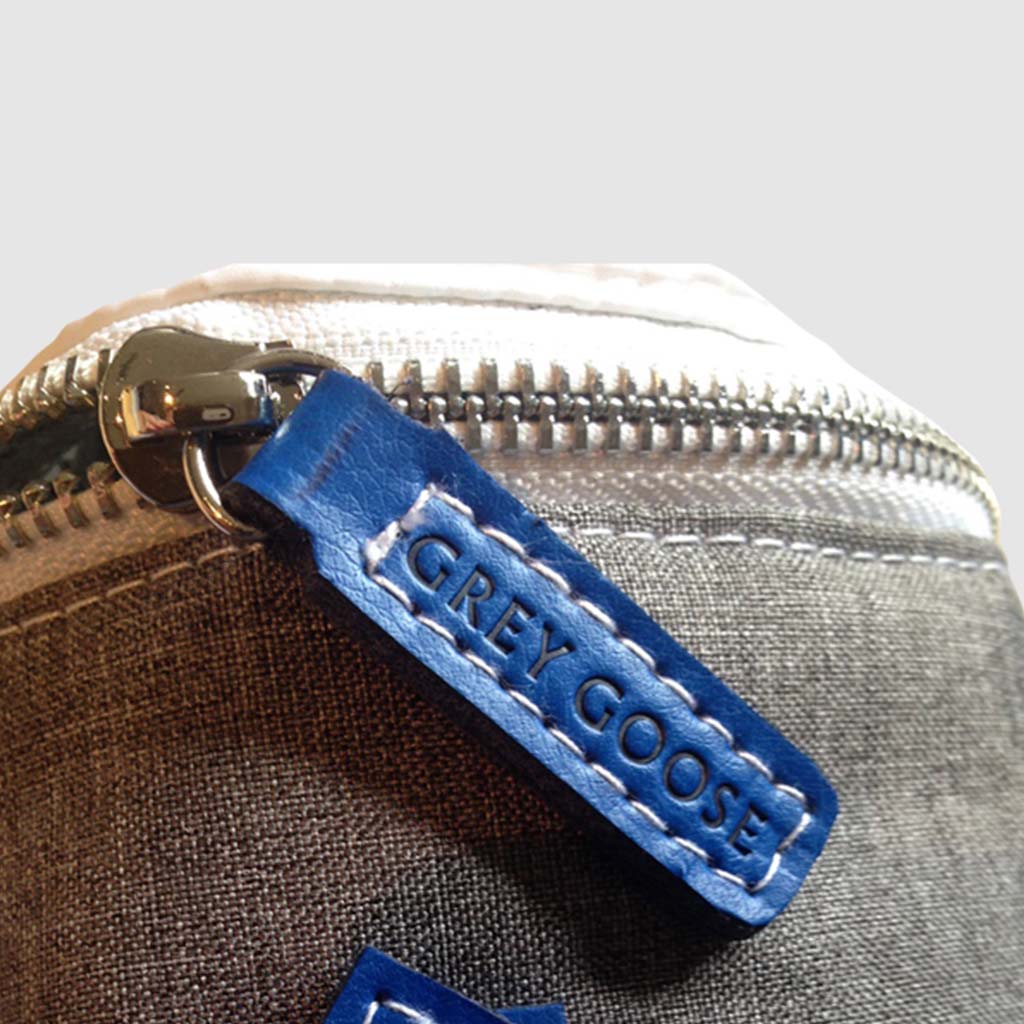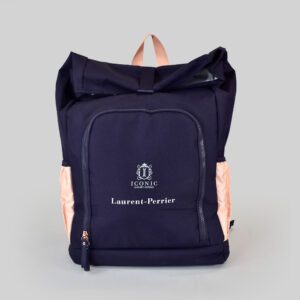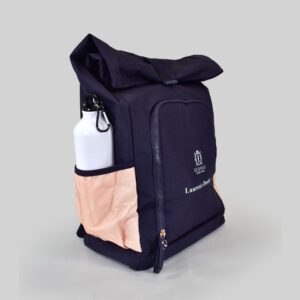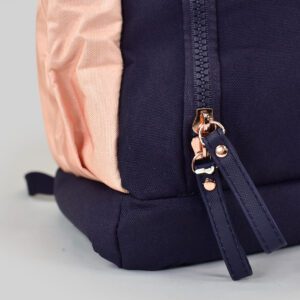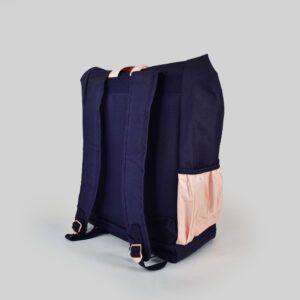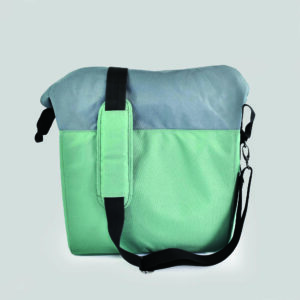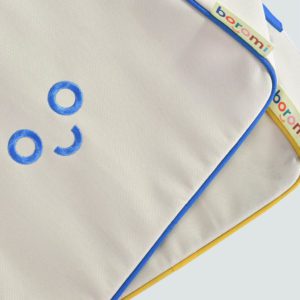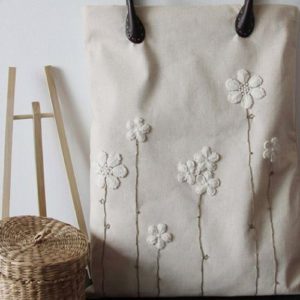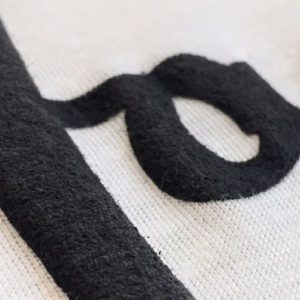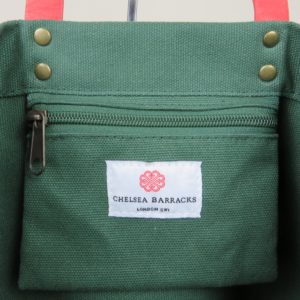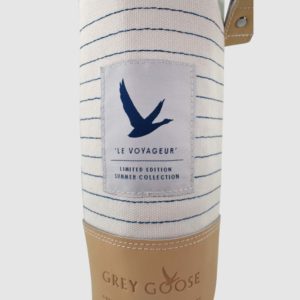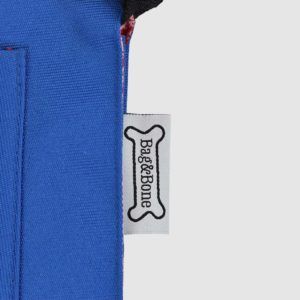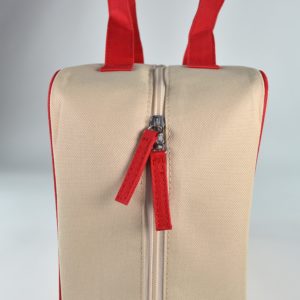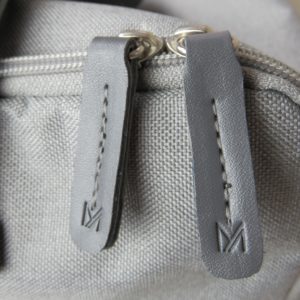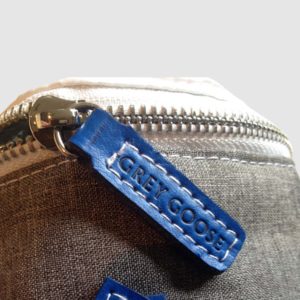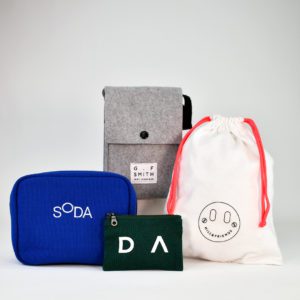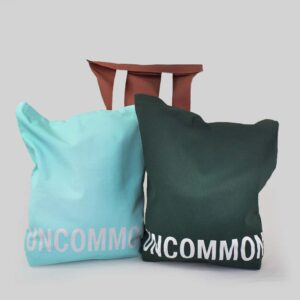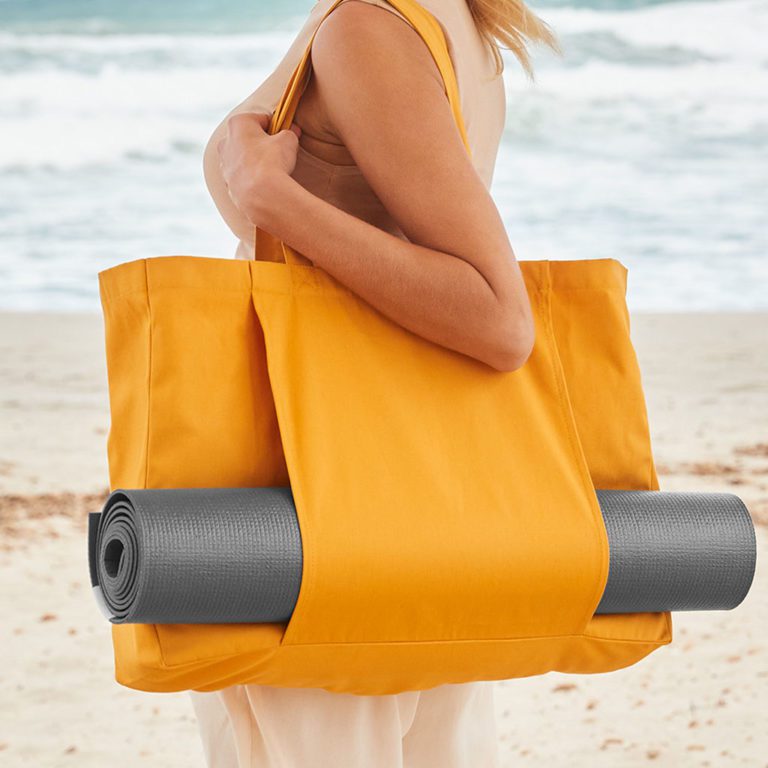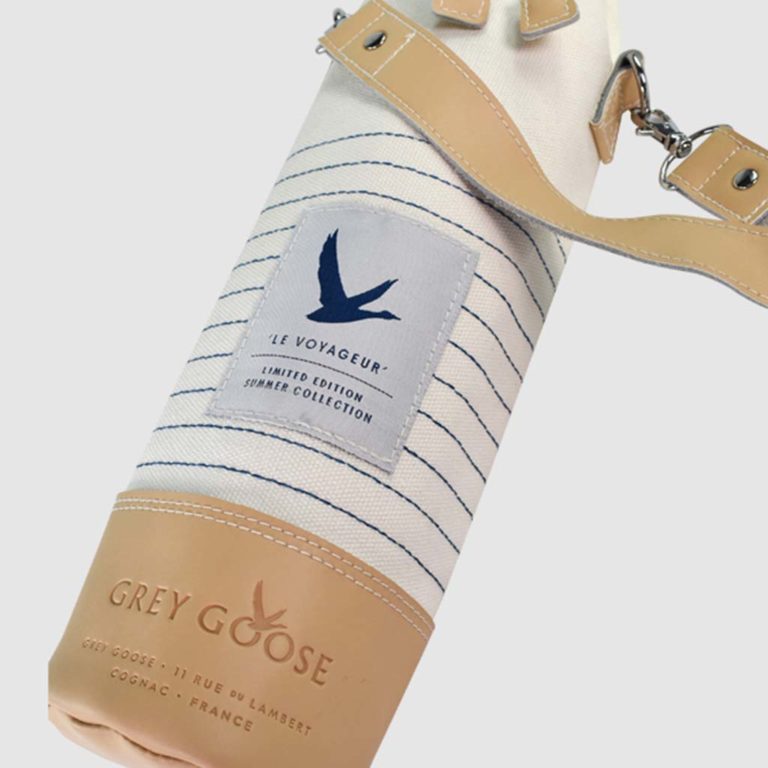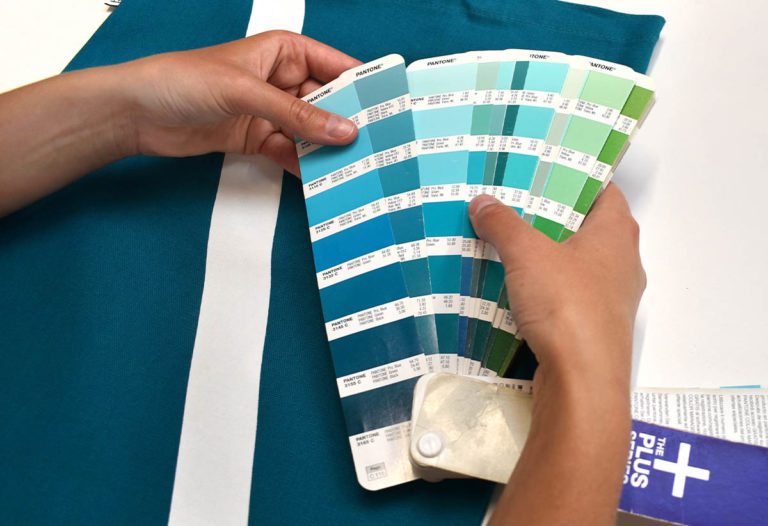Keeping it Cool (or Hot!) Power of Thermal Fabrics in Custom Bags
Imagine your customers enjoying a perfectly chilled drink on a sweltering summer day or a warm, comforting lunch on a crisp autumn afternoon, all thanks to a stylish, custom-branded bag. This isn’t just about keeping things at the right temperature; it’s about offering tangible value and a memorable experience. Thermal bags have evolved far beyond simple picnic accessories; they are now incredibly versatile and effective promotional tools. By leveraging the right thermal fabrics for bags, you can create a product that is not only useful but also a powerful extension of your brand, leaving a lasting impression on your audience. The world of thermal textiles is surprisingly diverse and scientifically fascinating. Let’s take a deep dive into how these clever materials work and how they can elevate your next custom bag project from a simple item into a high-utility, branded asset.
Understanding the Science Behind Thermal Fabric
At its core, a th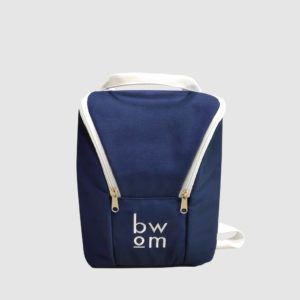 ermal fabric is engineered to regulate temperature. This is achieved through two primary mechanisms: trapping air for insulation (to prevent heat transfer through conduction and convection) or reflecting radiant energy (to block heat transfer through radiation). This dual functionality makes thermal fabrics for bags perfect for a wide range of applications where temperature control is crucial—from preserving food and drinks to safeguarding temperature-sensitive medicines and even certain industrial chemicals.
ermal fabric is engineered to regulate temperature. This is achieved through two primary mechanisms: trapping air for insulation (to prevent heat transfer through conduction and convection) or reflecting radiant energy (to block heat transfer through radiation). This dual functionality makes thermal fabrics for bags perfect for a wide range of applications where temperature control is crucial—from preserving food and drinks to safeguarding temperature-sensitive medicines and even certain industrial chemicals.
While the iconic silver lining of a lunch bag is what most people picture, there are actually several categories of thermal fabrics, each with unique properties and advantages.
- Synthetic Thermal Fabrics: These often feature a layer of aluminium laminated to a synthetic or cotton backing. They are not primarily designed for insulation but excel as heat barriers, capable of resisting temperatures up to 200°C (399°F) without burning. This makes them ideal for specialised products like oven mitts and protective covers where direct heat is a concern.
-
Natural Thermal Fabrics: The most common example here is wool. As an incredible natural insulator, fibres like sheep or alpaca wool create thousands of tiny air pockets that effectively trap air. This trapped air forms a natural thermal barrier that is highly efficient at regulating temperature. Wool is also a renewable resource, making it an excellent sustainable option for thermal bags.
-
Recycled Thermal Fabrics: A popular eco-friendly choice, these fabrics are often made from recycled plastic fibres. They offer excellent insulation properties and are less susceptible to dampness or flammability compared to some natural wools. This makes them a fantastic and responsible choice for creating thermal shopping bags, where spills and moisture are common occurrences.
-
Thermal Batting: This is arguably the most popular insulation for bags. It’s typically a composite material made from polyester fibres woven with a reflective metallic film. The polyester acts as an insulator, resisting heat transfer through conduction, while the metallic film reflects radiant energy back to its source. This combination of insulation and reflection makes it highly effective at keeping things hot or cold. While it can have a slightly crinkly texture, this is often a desirable property for bags, indicating its insulating power.
-
Thermal Interfacing: A lightweight synthetic fibre option often used in high-performance gear like ski apparel. It’s designed to provide slim but effective insulation and retains its properties even when damp, making it perfect for custom bags that need to be both sleek and functional. It works by reflecting temperatures back to their source, similar to thermal batting, but in a much more compact form.
Versatility in Design and Application
The true beauty of thermal fabrics for bags lies in their adaptability. They can be seamlessly integrated into a variety of bag styles to serve a multitude of purposes, allowing your brand to think beyond the conventional picnic basket.
-
Lunch Bags & Coolers: The most classic and ubiquitous use. These bags keep meals fresh, from morning to midday, making them a daily utility item for a wide demographic.
-
Wine & Bottle Carriers: An elegant solution for keeping beverages chilled for special events, parties, or as a thoughtful corporate gift.
-
Shopping Bags: Perfect for transporting groceries, especially frozen or chilled items, adding a layer of convenience and peace of mind for your customers.
-
Specialty Product Packaging: For items like gourmet foods, temperature-sensitive medicines, or certain industrial products that require stable conditions during transit.
When designing a thermal bag, especially for food or drink, it’s essential to pair the insulation with a wipe-clean lining, typically made from PVC. This simple addition ensures easy clean up for spills and crumbs, significantly extending the bag’s practicality and lifespan. These linings come in various colours and thicknesses, allowing you to complement your bag’s overall design aesthetic and brand palette.
The Power of Customisation: Making Your Mark
A thermal bag offers a fantastic blank canvas for your brand. Beyond the functional benefits of temperature control, you can customise nearly every aspect to create a truly bespoke and memorable item. This is where a brand can shine, leveraging the right thermal fabrics for bags to create a product that is uniquely theirs.
-
Screen Printing: Ideal for bold logos, brand names, and solid block colours. This method creates a crisp, professional finish that is highly durable.
-
Direct to Garment (DTG) Printing: Perfect for intricate, full-colour designs, photographic images, and complex artwork. It allows for a high degree of detail, bringing even the most complex designs to life.
-
Embroidery: Adds a premium, textured feel to logos and text. It gives a sense of quality and craftsmanship that is perfect for high-end or luxury brands.
-
Appliqué: The process of sewing pieces of fabric onto the bag for a tactile, layered look. This can create a unique, artisanal feel.
-
All-Over Printing: Take your design across the entire bag, including panels, handles, and even the base. This method allows for maximum creative expression and ensures your brand gets noticed.
Labels & Badges: The Small Details That Make a Big Impact
-
Woven or Printed Fabric Labels: These can be subtly sewn into seams, placed on the exterior, or even hidden inside a pocket for a sophisticated, understated branding touch.
-
PU Leather or Leather Badges/Labels: A premium addition that can be debossed or embossed with your logo. These are typically sewn onto panels, straps, or pockets for a luxurious feel.
-
Metal Badges/Labels: Brandable metal pieces in various finishes (metallic, custom Pantone-matched) that can be attached anywhere on the bag. They add a high-end, industrial aesthetic.
Accessorising & Finishing Touches:
-
Cotton Webbed Handles: A popular choice for comfort and durability. They are available in custom lengths, widths, and colours to perfectly match your brand.
-
Bespoke Zip Pulls: A subtle yet impactful branding opportunity. Custom-shaped zip pulls with your logo are a small detail that customers will notice every time they use the bag.
-
Pantone Matched Trim, Piping, and Thread: For a truly polished and cohesive look, you can coordinate every element with your brand colours. This ensures that even the smallest details—like matching the thread colour to your logo print or using precise internal taped seams—contribute to a professional and high-quality final product.
Partnering for Perfection: The Umbrella Workshop’s Expertise
Crafting a high-quality, custom thermal bag requires a combination of deep expertise in materials, manufacturing, and customisation. At The Bag Workshop, we specialise in bringing these bespoke bag visions to life for a diverse range of clients, from major corporations and retailers to independent brands and artists.
Our friendly client services team works closely with you to understand your exact requirements. We guide you through every step of the process, from selecting the right thermal fabrics for bags to choosing the perfect print options, and even advising on eco-credentials and logistical details like shipping. With impeccable manufacturing facilities in the UK, India, and the Far East—all of which are regularly audited for high standards of quality and social/environmental compliance—we ensure your custom thermal bags are not only effective marketing tools but also responsibly produced.
Ready to create a custom thermal bag that will keep your brand cool (or hot!) in the market? Get in touch with The Bag Workshop today for a free consultation and a detailed quote. Let’s turn your vision into a reality.

